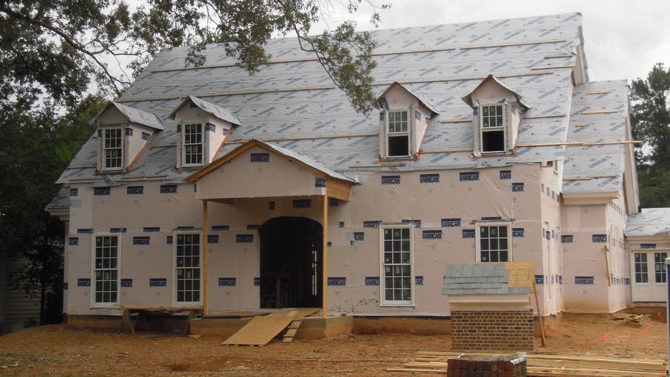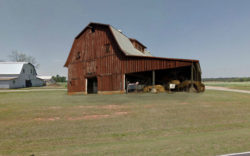Last month, I attended what I thought would be an uneventful—even boring—Historic Preservation Commission meeting about the proposed Buena Vista Heights historic district. Boy, was I wrong!  The historic designation of Buena Vista Heights is quite controversial. Some residents are for it, some are against it, and both sides are adamant they are right.
Buena Vista Heights has been on the National Register of Historic Places since 1999. Supporters of a local historic district, which provides more protection, believe they should preserve one of the first suburbs in Athens, keep (even more) McMansions out of the neighborhood and make sure its cohesiveness is maintained. Â Many Boulevard residents spoke in favor of making Buena Vista Heights an historic district as well. The histories of Buena Vista and Boulevard are very similar, and many residents of both neighborhoods felt that if one is considered historic, the other should be, too.
However, many speakers were opposed to the historic district. They felt that their rights would be violated, and they would have no control over the property they own. HPC member Sharon Bradley made an interesting point: People don’t have complete control over their property now, since Athens-Clarke County has zoning, tree ordinances and other laws put in place to protect the property of residents.
Common objections were that Buena Vista Heights lacks historic value; an historic designation would create a neighborhood of cookie-cutter houses and renters (apparently, people don’t buy new houses unless they are over 3,000 square feet); a designation would devalue other historic neighborhoods in town; and Athens could not afford to lose the money from tax freezes (if designated, contributing structures would have property taxes frozen for several years).
Another major objection to the historic designation was that creativity would be stifled and new development would be restricted to a specific set of guidelines.  Lori Bork Newcomer, who designs contemporary houses, reminded everyone that new development does not equal bad development, and that sometimes people—even developers—have to be trusted.  Newcomer and several others agreed that, were Pulaski Heights designated historic, her designs there would most likely have not been allowed, which is unfortunate, since they are major contributors to the eclectic feel of the neighborhood.
In a recent column, I praised Newcomer’s avant-garde designs. But while she can be trusted, not all developers should. Sadly, all one has to do is drive through Five Points to see several residences that do not match the neighborhood in terms of scale, style, quality of construction, street setback and so on. These are houses that have dramatically altered the streetscape and character of the neighborhood. Â Friends of Five Points, a neighborhood organization, released a study on infill development in 2010 because a survey showed that 94 percent of Five Points residents were concerned about it.
For example, a new house is under construction on Cloverhurst Avenue—where a smaller historic home once stood—that is larger than surrounding residences. Kathy Hoard and Mike Hamby, the Athens-Clarke commissioners for the Cloverhurst area, informed residents of the application to demolish the smaller home and the property owner’s intention to build a larger one.  Only one neighbor expressed concern over the new structure, according to Hoard, but she says she received a number of calls and emails expressing no concern over the demolition or proposed new development. Part of Cloverhurst is in an historic district, but not the area where the new house is under construction. An historic designation would require new structures to win approval from ACC. Most residents are not interested in it becoming a historic district, though, Hoard says.
But back to Buena Vista. The HPC voted 3-1 to recommend that the Mayor and Commission approve the Buena Vista Heights historic district. Â Residents with concerns over whether or not their house is contributing or non-contributing will have another chance to weigh in. Â I should note that no residences will be required to change in order to designate the neighborhood, meaning that if one house has an addition that is not in keeping with historic designs, they will not be required to remove the addition in order for the neighborhood to be designated. Â Additions already in place that do not contribute to the neighborhood will be approved for removal, but removal isn’t required. Â Also, residences considered non-contributing will receive much more leeway when applying for changes in the future. Â Â The HPC approves more than 90 percent of changes, planners say.
Like what you just read? Support Flagpole by making a donation today. Every dollar you give helps fund our ongoing mission to provide Athens with quality, independent journalism.










